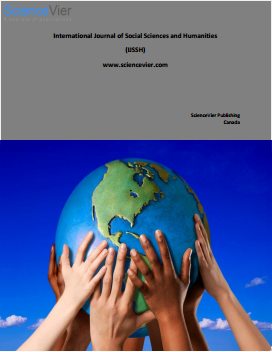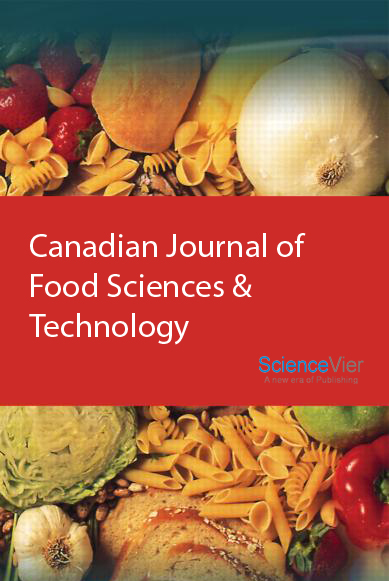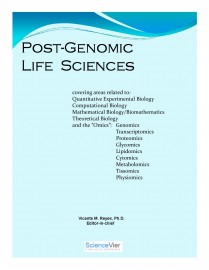ABSTRACT:
Maggots have long been used as a traditional way of cleansing and healing gangrenous wounds. Blowflies’ abundance and antibacterial activities were determined using baited traps and agar cup plate technique. The family calliphoridae was the most abundant in all the sites sampled. The total of 5755 calliphorid flies captured belonged to two genera, Lucinia robineau (81.49%) and Chrysomya megacephala (18.51%). There was a significant difference in their abundance and a positive correlation between abundance and the two species with relative humidity and rainfall and a negative correlation with temperature. The isolates from infected wounds and whitlows were Pseudomonas earoginosa, Staphylococus aureus, Klebsiella pneumoniae and Staphylococcus epidermidis. Antibacterial susceptibility screening showed that, the maggot saliva/excretion was able to inhibit the growth. The zones of inhibition recorded was Pseudomonas aeruginosa was 24mm while Ampiclox (control) 37mm; Staphylococcus aureus was 20mm while Ampiclox (control) 31mm; Klebsiella pneumoniae was 27mm while Ampiclox (control) 39mm and Staphyloccocus epidermidis was 24mm while Ampiclox (control) 28mm. The result of the antibacterial susceptibility screening also revealed that, the greatest effect of the maggot saliva/excretion was obtained against K. pneumoniae while the lowest was obtained against S. aureus. Minimum Inhibitory Concentration (MIC) was between 40mg/ml and 60mg/ml while Minimum Bactericidal Concentration (MBC) screening showed that Pseudomonas earoginosa, Staphylococus aureus, Klebsiella pneumoniae, Staphyloccocus epidermidis have the same bactericidal concentrations of 60mg/ml each while Ampiclox (control) had 40mg/ml.
|









